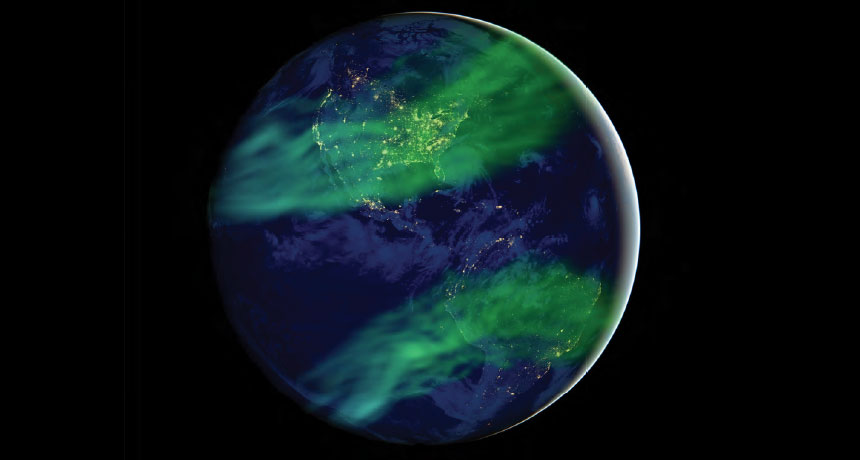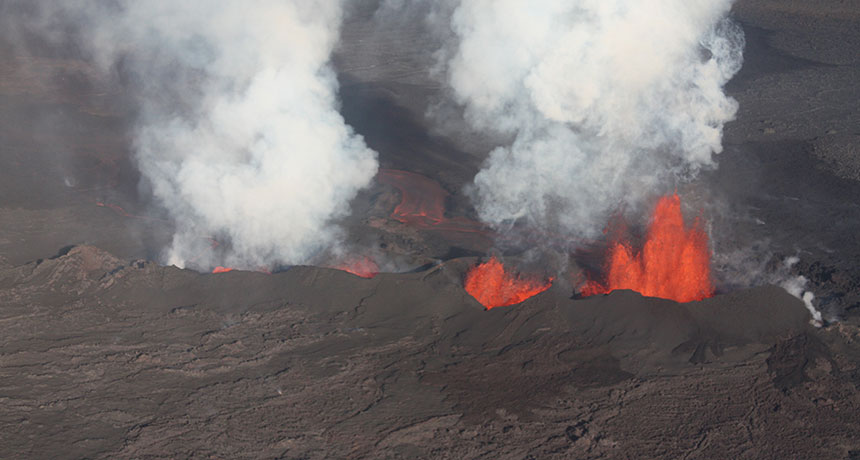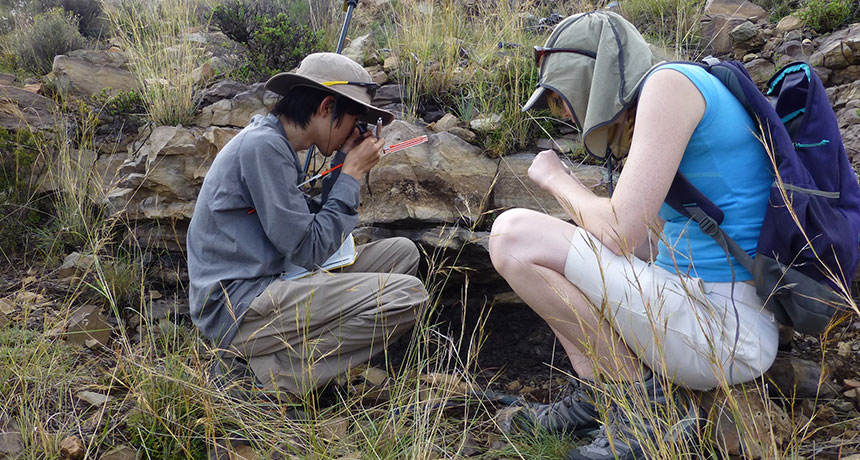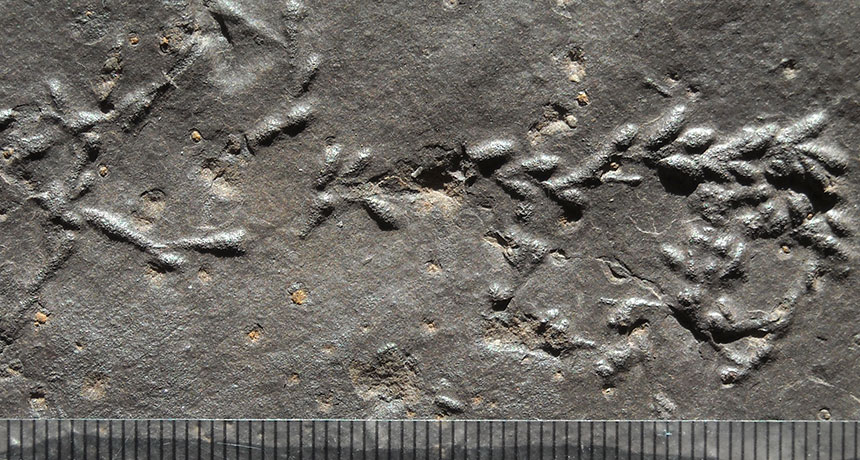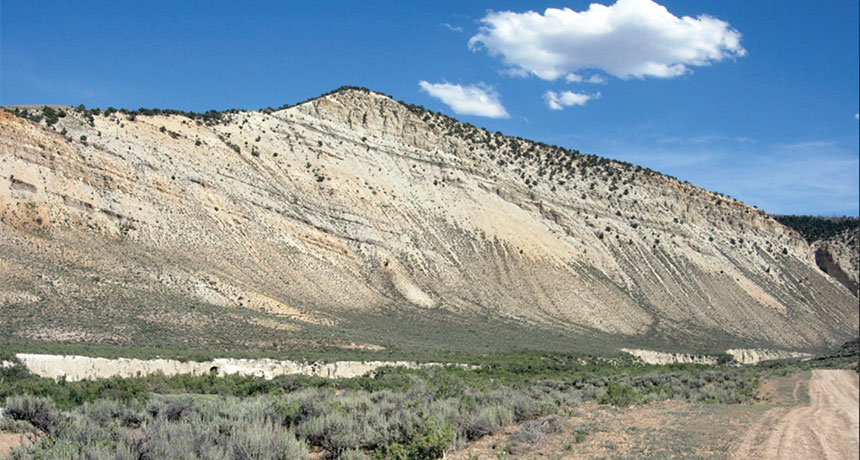
Classifying the geometry of snowflakes highlights their beauty and diversity
Science News, November 2015As snowflakes gently meander past your living room window this winter, take a break from your hot cocoa and consider nature’s ice-cold architecture. When water molecules chill down, they assemble into a myriad of spectacular shapes from simple hexagons to star-shaped dendrites. Inspect these frozen fractals and you’ll find a recurring theme: the number six. Six sides, six edges, six branches — ice crystals seem six obsessed.
